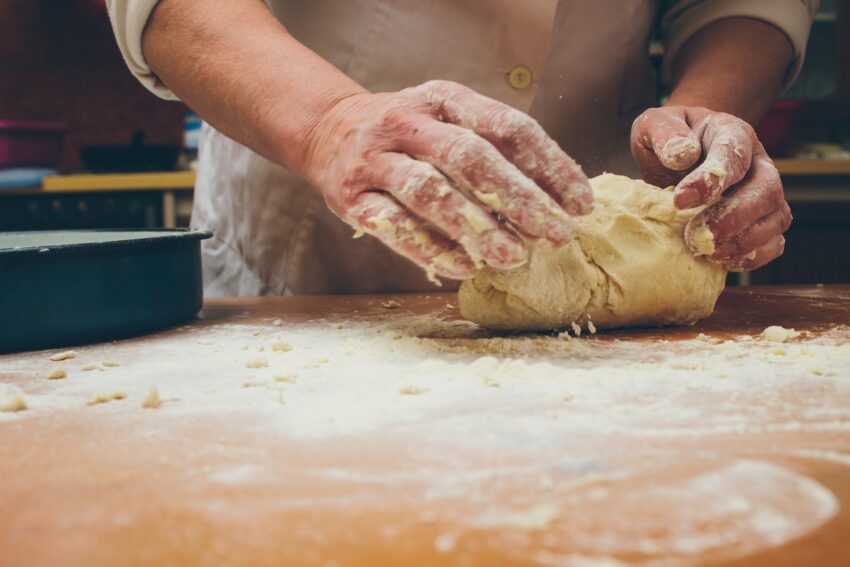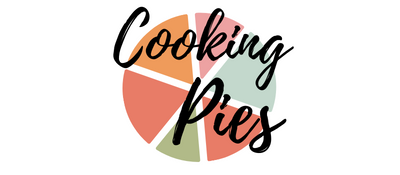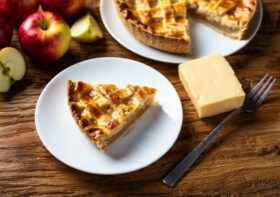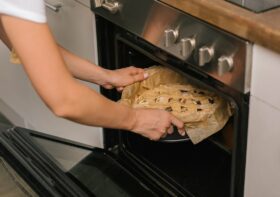Why Use Vodka in Pie Crust: A Comprehensive Guide

You know that making the perfect pie crust is an art form. It requires the right combination of ingredients and techniques. One weird ingredient you may not have considered is vodka! That’s right, adding vodka to your pie crust dough can be the missing secret ingredient you’ve been looking for to achieve a flakier, more tender crust. But why does it work? In this article, we’ll explore the science behind using vodka in pie crust and how you can use it to elevate your pastry game.
How Vodka Works in Pie Crust
When making pie crust, the goal is to create a tender, flaky dough that holds together well. The key to achieving this texture is to limit the amount of gluten that develops in the dough. Gluten is a protein found in wheat flour that gives dough its elasticity. The more gluten that develops, the tougher and chewier the crust will be.
One way to limit gluten development is to use a high-fat, low-moisture ingredient like butter or shortening in the dough. The fat coats the flour particles, preventing them from absorbing too much liquid and forming gluten. However, using too much fat can also result in a greasy crust that doesn’t hold together well. Enter Vodka!
Vodka can solve this problem by adding moisture to the dough without promoting gluten development. When the dough is mixed with vodka, the alcohol acts as a solvent, breaking down the gluten proteins and preventing them from bonding together. As a result, the dough remains tender and flaky even with the addition of more moisture.
How to Use Vodka in Pie Crust
You’ll laugh at how simple this trick is to use. To use vodka in your pie crust, simply add a few tablespoons to the water of your dough recipe. The exact amount will depend on the size of your recipe, but generally, use 2-3 tablespoons of vodka for every cup of flour. That’s it! Told you it was simple.
The clever thing about this is that the alcohol in the vodka will evaporate during baking. So, there’s no residual flavor in the finished crust. However, it’s best to use a high-quality, unflavored vodka for the best results. Cheap, low-quality vodka may contain impurities that can affect the flavor and texture of your crust.
Tips for Success when using Vodak in Pie Crust
When using vodka in your pie crust, there are a few tips to keep in mind for the best results:
- Chill the dough: Chilling the dough before rolling it out will help the fat to solidify and create a flakier crust.
- Don’t overmix: Overmixing the dough can promote gluten development, so be careful to mix just until the ingredients are incorporated.
- Roll thin: The thinner you roll out your dough, the more tender and flaky it will be.
- Use cold ingredients: Chill your ingredients and tools, including butter, water, and even your mixing bowl and rolling pin.
- Rest the dough: Place it in your refrigerator for at least 30 minutes before rolling it out. This will allow the gluten in the flour to relax, resulting in a more tender crust.
Final Thoughts
Using vodka in pie crust can be a game-changer for achieving the perfect pastry. By adding moisture without promoting gluten development, vodka can result in a tender, flaky crust that holds together well. Just be sure to use a high-quality, unflavored vodka and follow a few simple tips for success. So, why not give it a try and see the difference for yourself?




Leave a Reply